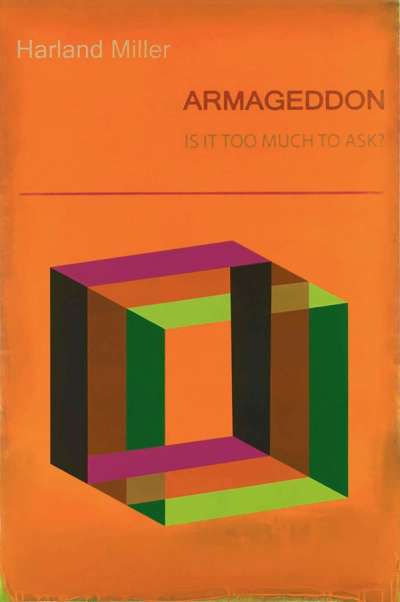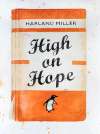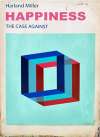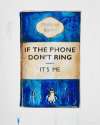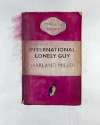Armageddon
Is It Too Much To Ask?
For Armageddon Is It Too Much To Ask?, Harland Miller takes his inspiration from popular psychology books, self-help manuals and social science publications from the 1960s and 1970s. Characterised by their bold and abstract covers, these psychology books aimed to help people suffering from psychological disorders.
Harland Miller Armageddon Is It Too Much To Ask? For sale
Armageddon Is It Too Much To Ask? Value (5 Years)
Sales data across the Armageddon Is It Too Much To Ask? series by Harland Miller varies by print. While standout works have sold at auction for up to £12000, other editions in the series remain rare to market or have yet to appear publicly for sale. Of those tracked, average selling prices have ranged from £11087 to £11087, with an annual growth rate of -1.05% across available data. Collectors should note the discrepancy in performance between more visible and lesser-seen editions when considering value potential in this series.
Armageddon Is It Too Much To Ask? Market value
Auction Results
| Artwork | Auction Date | Auction House | Return to Seller | Hammer Price | Buyer Paid |
|---|---|---|---|---|---|
 Armageddon Is It Too Much To Ask (large) Harland Miller Signed Print | 30 Sept 2025 | Christie's London | £8,925 | £10,500 | £14,000 |
 Armageddon Is It Too Much To Ask (small) Harland Miller Signed Print | 7 Jun 2023 | Tate Ward Auctions | £5,525 | £6,500 | £9,000 |
Sell Your Art
with Us
with Us
Join Our Network of Collectors. Buy, Sell and Track Demand
Meaning & Analysis
Harland Miller’s graphic orange Armageddon, is it Too Much to Ask? Captures the artist’s signature sense of biting, black humour. Employing polymer-gravure with photo-etching and block printing to produce this more dynamic work, Armageddon differs from the composition of Miller’s other, more conventional paintings. This Harland Miller print was also produced in two sizes, large and small.
For Armageddon Is It Too Much To Ask?, Miller takes his inspiration from popular psychology books, self-help manuals and social science publications from the 1960s and 1970s. These influences are also seen in Miller’s print Happiness, also made in 2017. Characterised by their bold and abstract covers, these books aimed to help people suffering from psychological disorders, with the bright and colourful geometric designs of the covers seeking to counteract the heavy medical content inside the book.
Miller was very interested in colour and how it could influence mood and perception, and the inspiration for Armageddon is somewhat unconventional for an artist who is best known for appropriating the iconic dust jackets of Penguin classics. The Penguin series which Miller started in 2001 has become synonymous with the artist’s name, and while the cover design is different here to the Penguin series, it is apparent that Miller’s fascination with books has continued to shape his artistic practice.
